SMART CARE
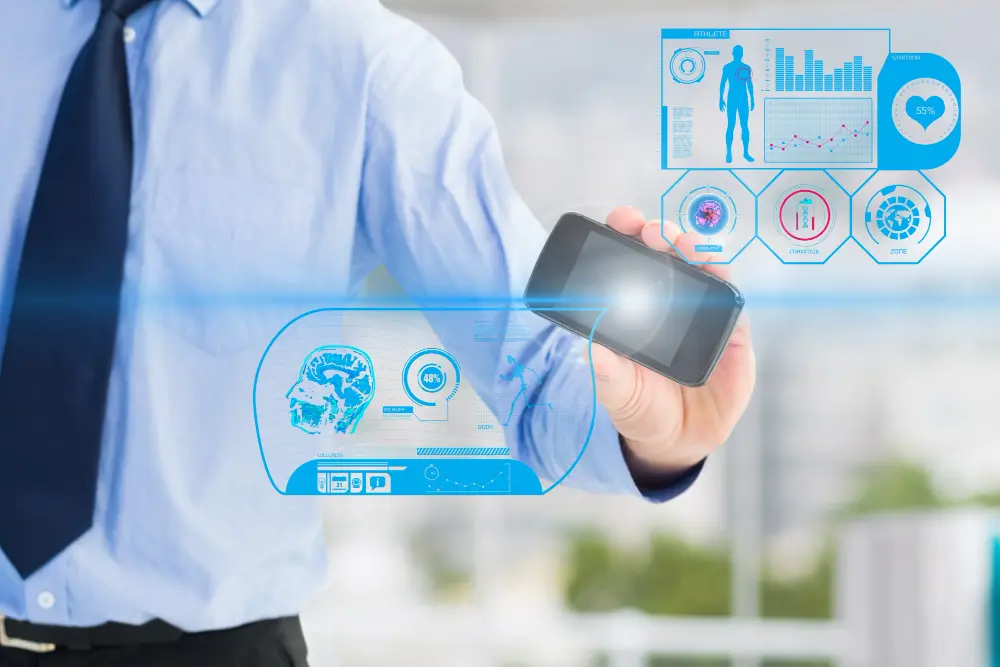
The global population is aging rapidly, and healthcare systems are under strain to provide high-quality care while managing rising costs. In elder care facilities, nursing homes, and even private residences, ensuring safety, comfort, and dignity for seniors is paramount. However, staff shortages, manual processes, and lack of real-time monitoring often result in delayed responses to incidents, reduced quality of care, and higher operational costs. Smart care solutions, powered by Milesight LoRaWAN sensors, offer a scalable, cost-effective way to address these challenges.
Problems Faced
01.
Fall Risks
Falls are one of the most common and dangerous incidents among seniors. They often go undetected for hours if caregivers are not nearby, leading to injuries, hospitalizations, or worse. Traditional call systems rely on manual input, which may not be possible if the resident is unconscious or immobilized.

02.
Limited Staff Visibility
Caregivers cannot continuously monitor every resident. With limited manpower, staff rely on routine checks that may miss urgent incidents, creating stress for both caregivers and families.

03.
Air Quality and Comfort
Seniors are particularly vulnerable to poor indoor air quality (CO₂, humidity, temperature, VOCs), which can worsen respiratory conditions, disrupt sleep, and affect overall well-being. Facilities that fail to manage IAQ risk complaints and health issues.

04.
Communication Gaps
In emergencies, seniors need a simple, reliable way to alert caregivers. Existing nurse call systems can be outdated, wired, or difficult for seniors with limited mobility to use.

05.
Operational Inefficiencies
Without data-driven insights, care homes operate reactively—responding only after incidents occur rather than preventing them. This reactive model increases costs and puts residents at risk.
Solutions with NexAscent sensors
NexAscent provides sensors or end-to-end solutions.

01.
Fall Detection (VS370, VS373):
- VS370 AI Sensor: Mounted on ceilings or walls, this device uses intelligent video analytics to detect abnormal postures or inactivity, signaling a potential fall without invading privacy.
- VS373 mmWave Fall Detection Sensor: Uses radar to detect falls in real-time, even in private areas like bathrooms. It respects privacy since it does not rely on cameras. Immediate alerts are sent to caregivers, reducing response times.
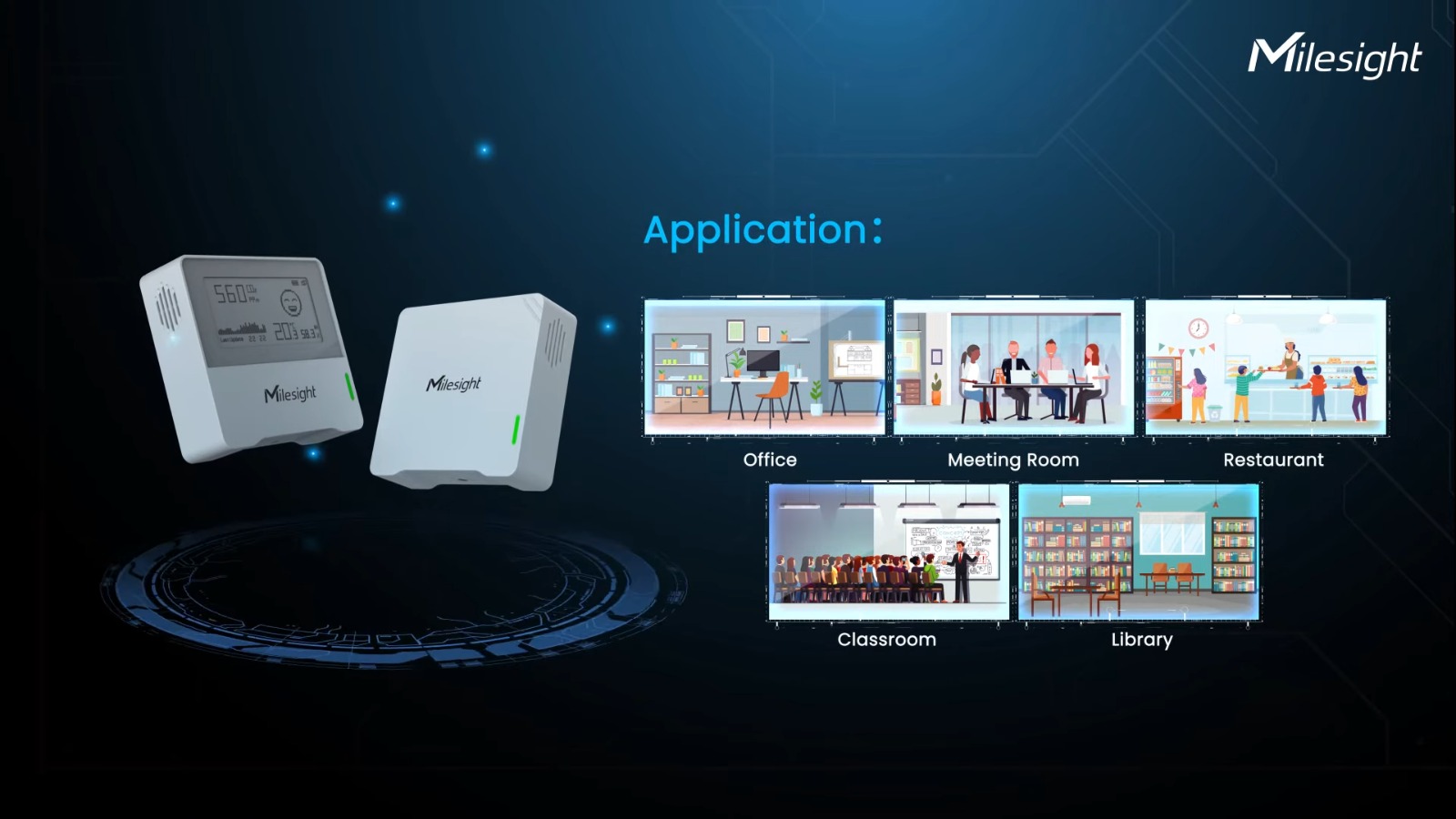
02.
Environmental Sensors (AM102, AM103, AM307, AM308, AM319)
These monitor temperature, humidity, CO₂, and VOC levels in rooms and communal areas. Automated ventilation control ensures healthier living environments, reducing respiratory risks and boosting comfort.
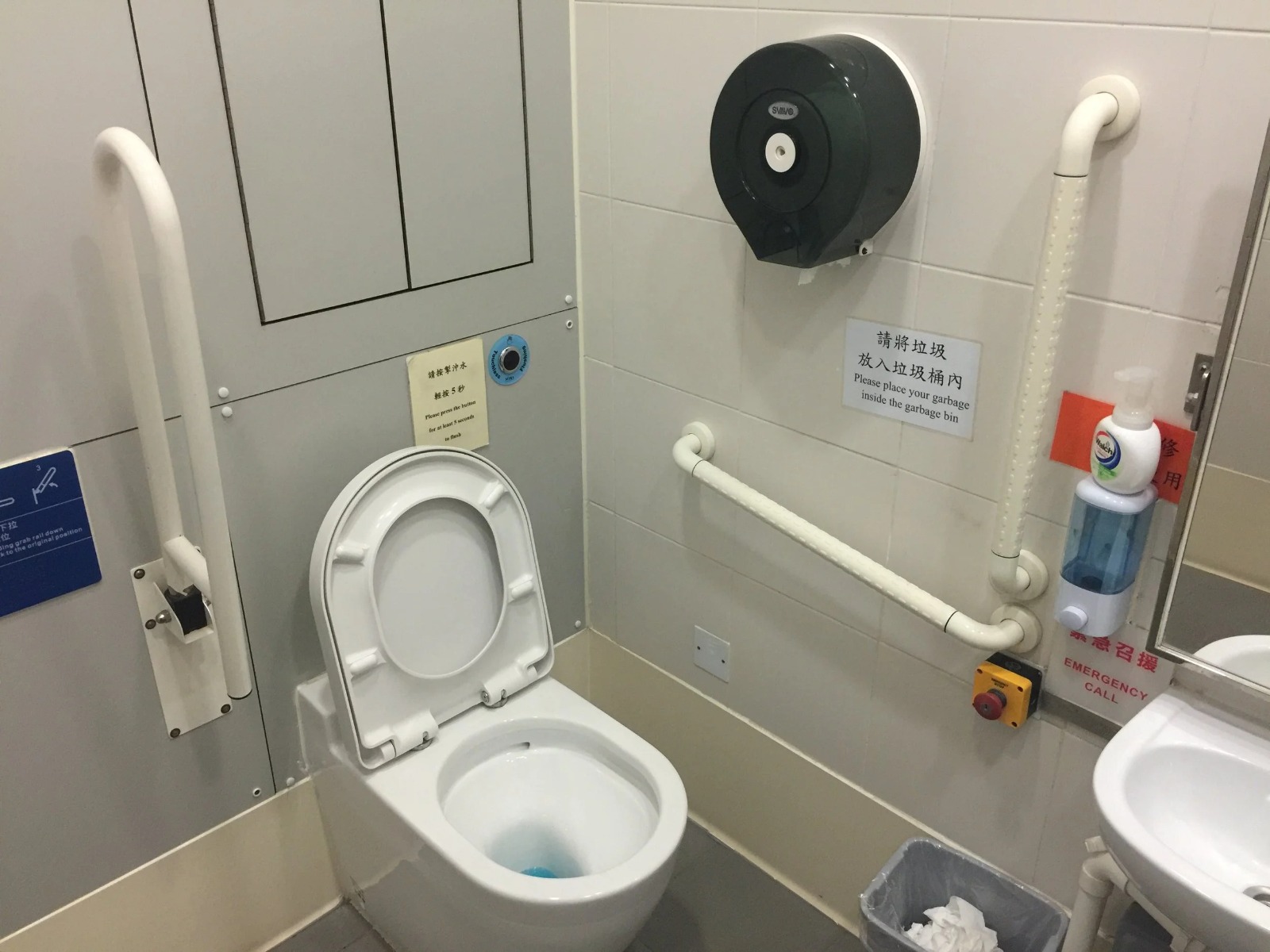
03.
Emergency Call (WS101)
A simple, wireless button that residents can press to request help instantly. Compact and battery-powered, it can be worn or mounted within easy reach.
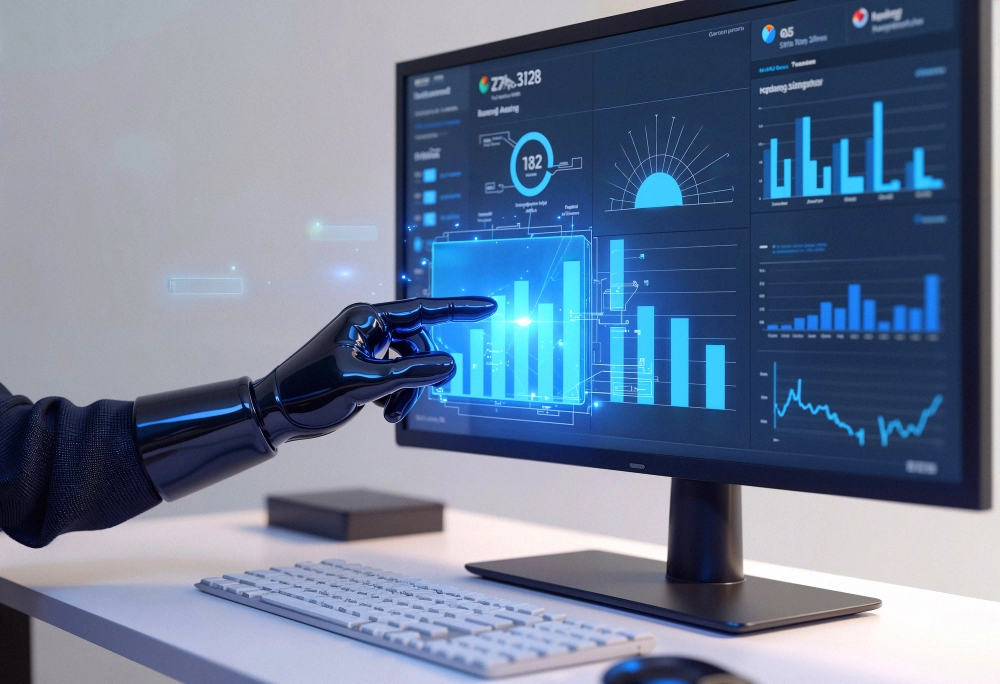
04.
Central Dashboard & Alerts
All sensor data is aggregated into a single IoT dashboard, where caregivers can monitor resident safety, receive real-time alerts, and generate health environment reports. The system integrates with mobile devices for immediate notifications.
ROI and Business Case
Smart care deployments deliver measurable value across several dimensions
Reduced Emergency Costs
Early fall detection minimizes hospitalization costs and reduces liability. Each avoided hospital admission can save thousands of dollars, not to mention protecting the resident’s health.
Operational Efficiency
Caregivers spend less time on routine checks and more on personalized care. Staff utilization improves by 20–30%, reducing burnout and turnover.
Improved Resident Safety & Satisfaction
Families are reassured knowing their loved ones are monitored continuously, which strengthens the facility’s reputation and attracts new residents.
Lower Healthcare Costs
Monitoring IAQ reduces respiratory incidents, doctor visits, and medication use. This results in better long-term health outcomes.
Scalable, Low TCO
LoRaWAN sensors last 5–10 years on batteries, are wireless, and require minimal infrastructure. This reduces installation and maintenance costs compared to wired systems.
Regulatory & ESG Compliance
Data-backed reporting demonstrates adherence to healthcare safety standards and sustainability goals, strengthening the facility’s standing with regulators and insurers.
Conclusion
LoRaWAN smart care solutions transform elder care and healthcare facilities into safe, efficient, and resident-centered environments. By leveraging fall detection (VS370, VS373), IAQ monitoring, and emergency call buttons (WS101), operators can reduce risks, improve caregiver efficiency, and enhance quality of life. The ROI is realized in reduced emergency costs, improved staff utilization, enhanced resident satisfaction, and lower long-term healthcare expenses.
Smart care is not just about technology—it’s about providing peace of mind for families, empowering caregivers, and ensuring seniors live with dignity and safety.
